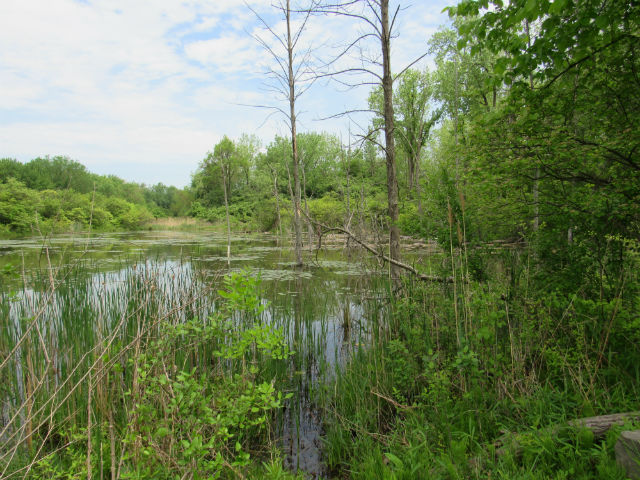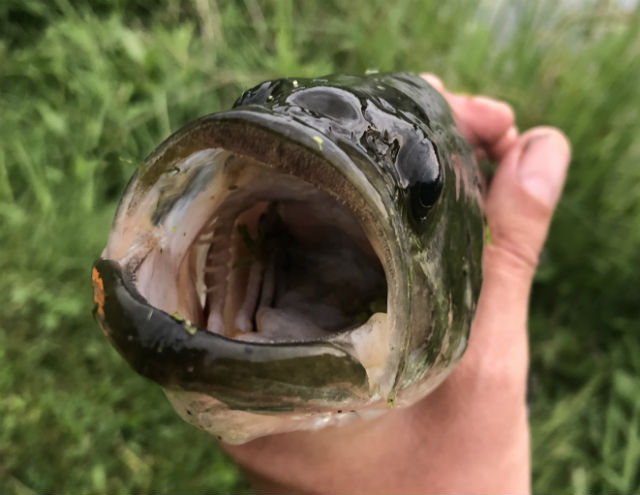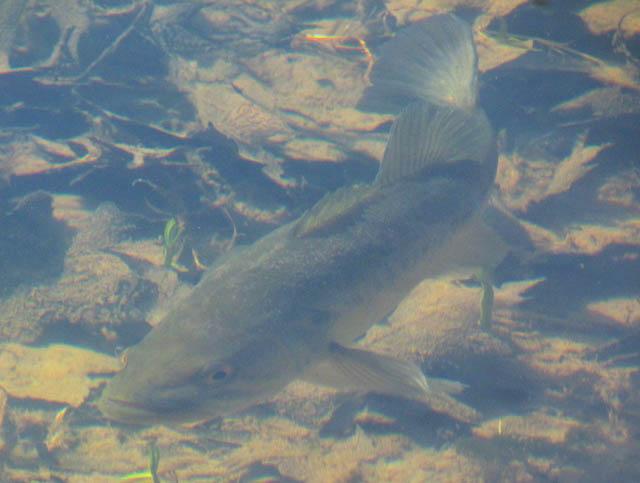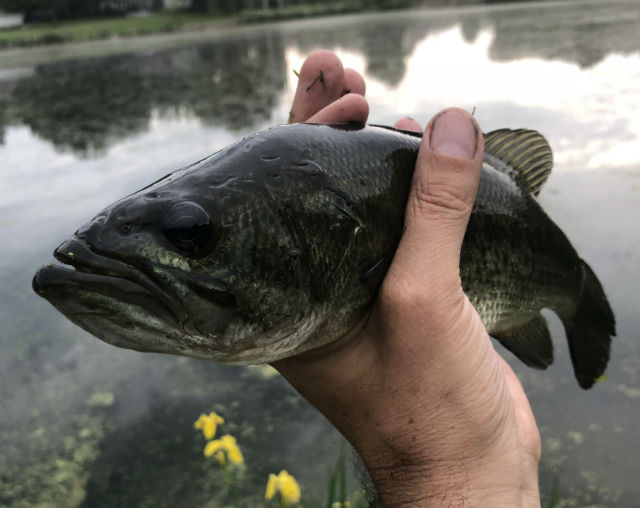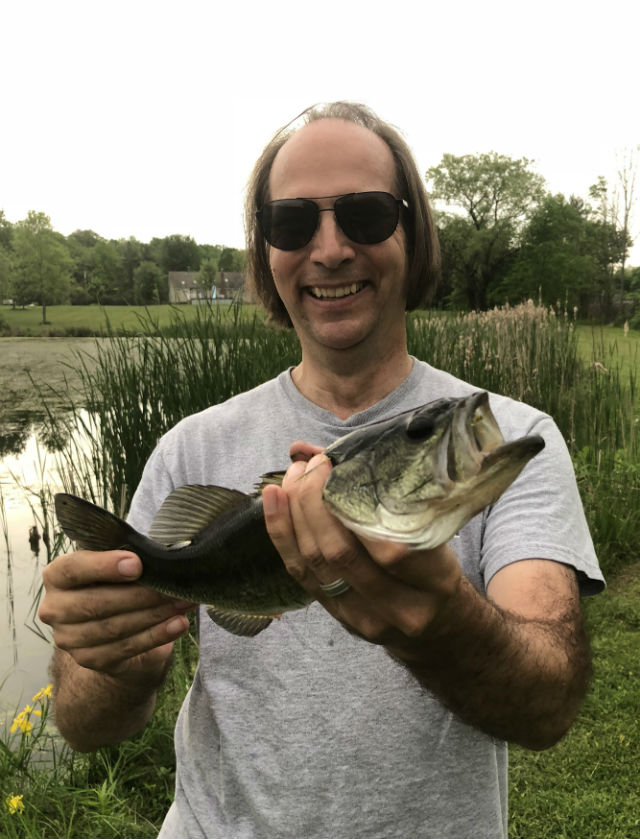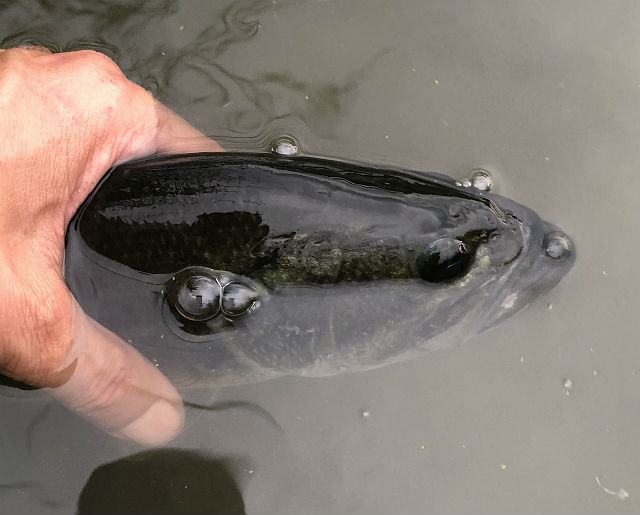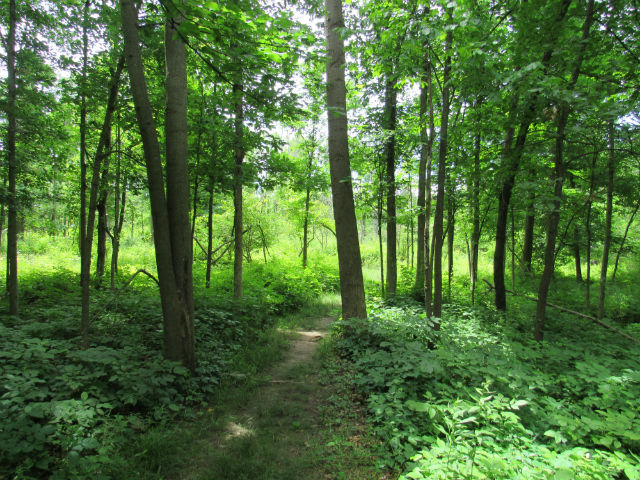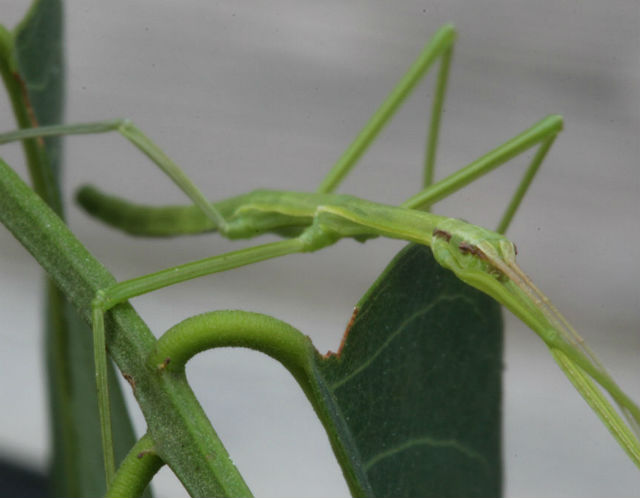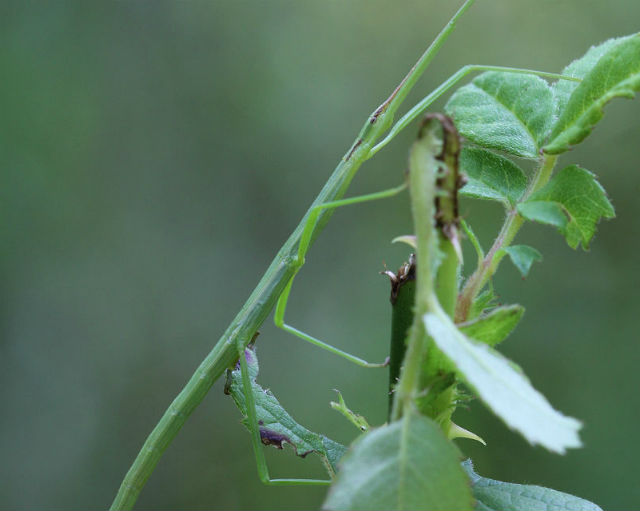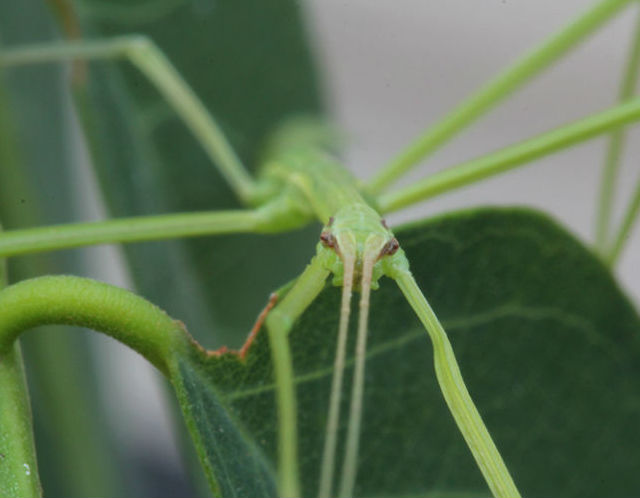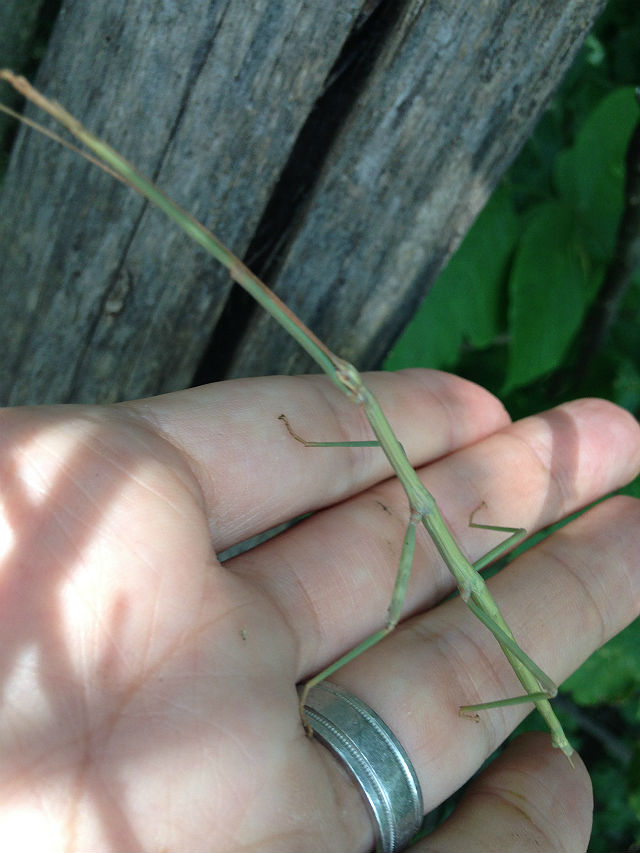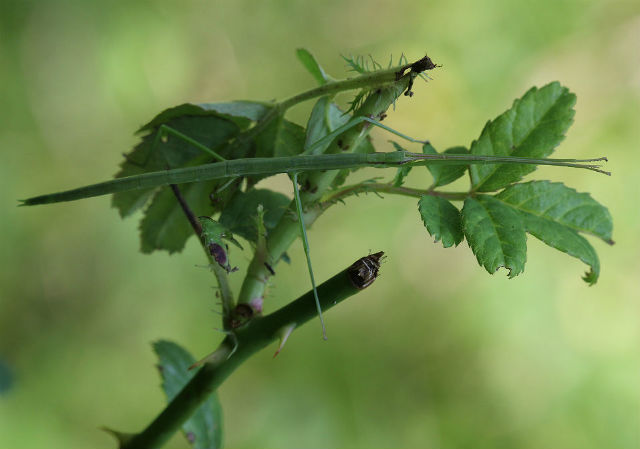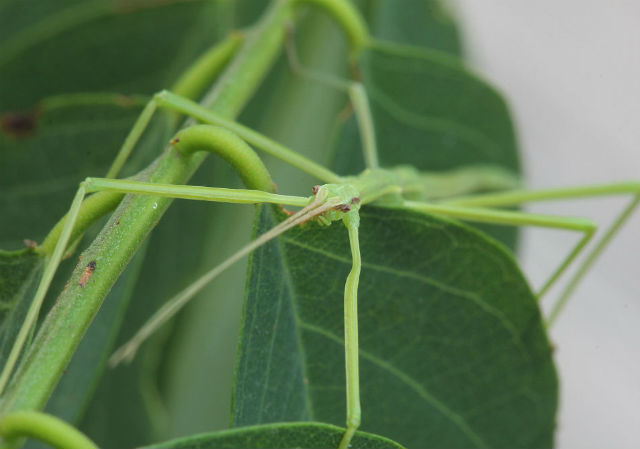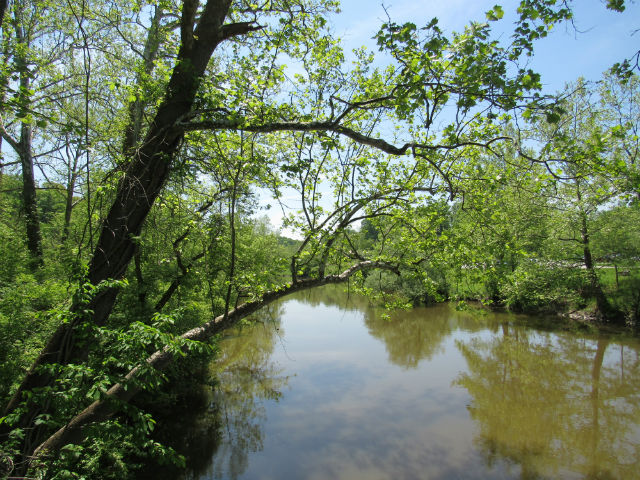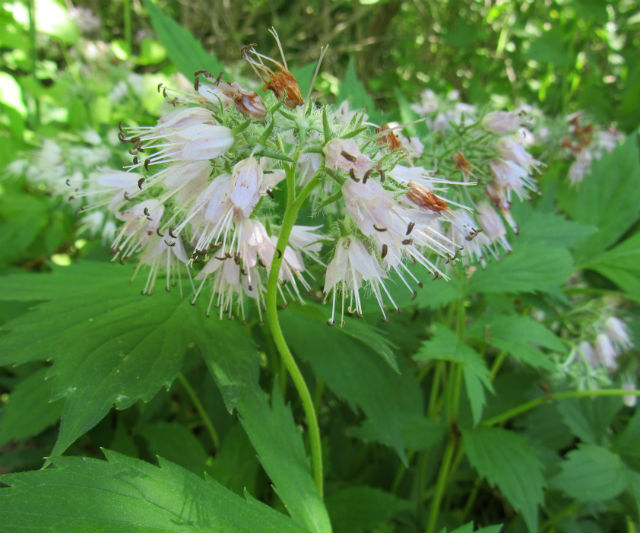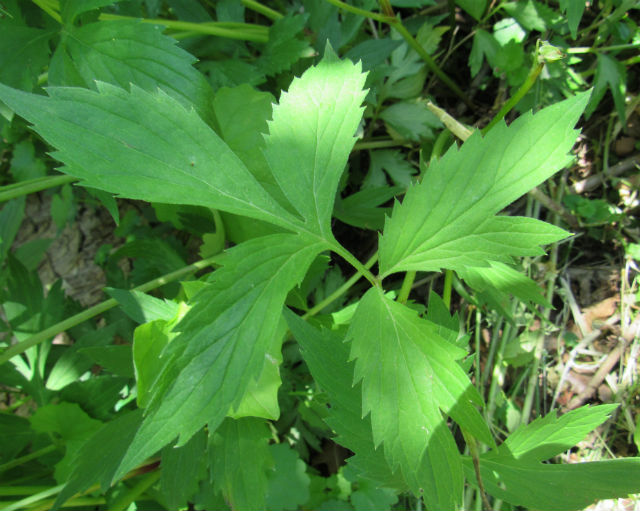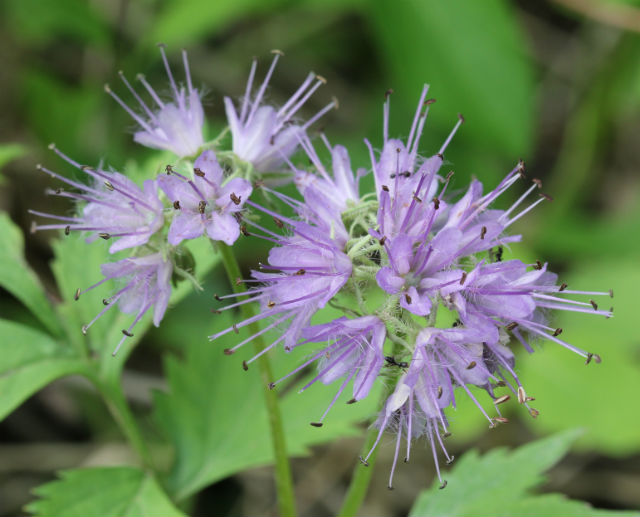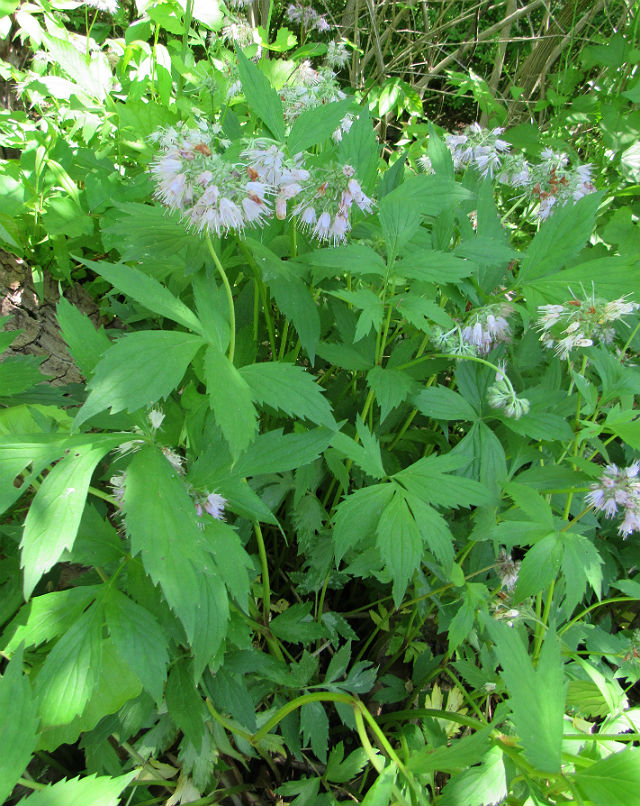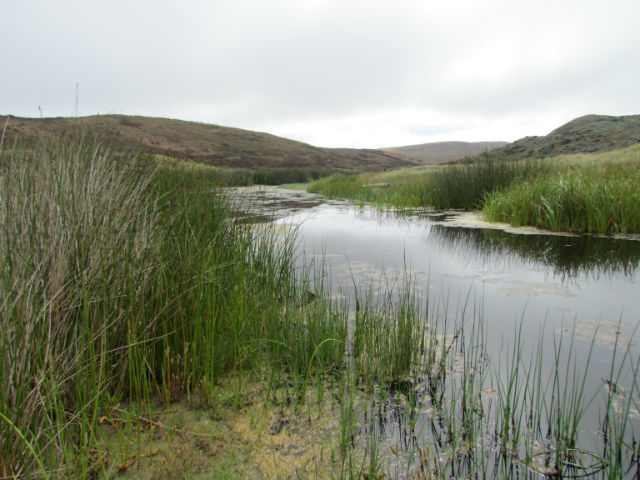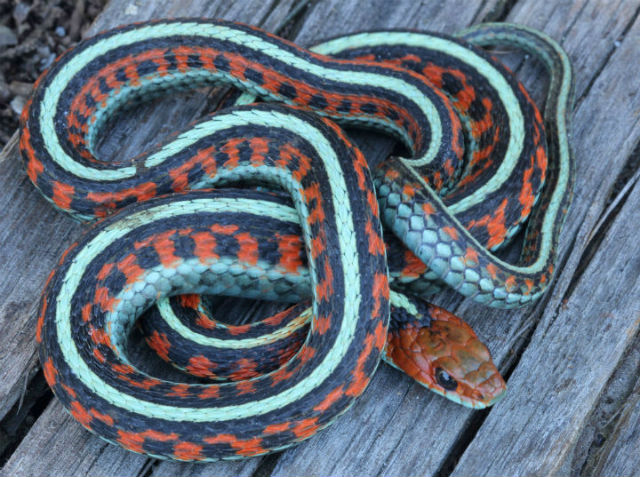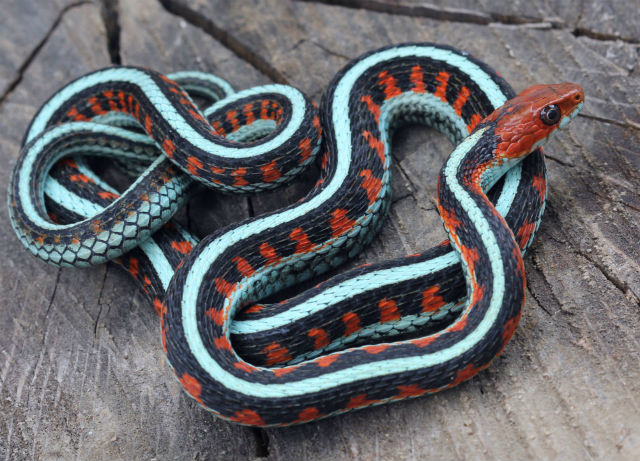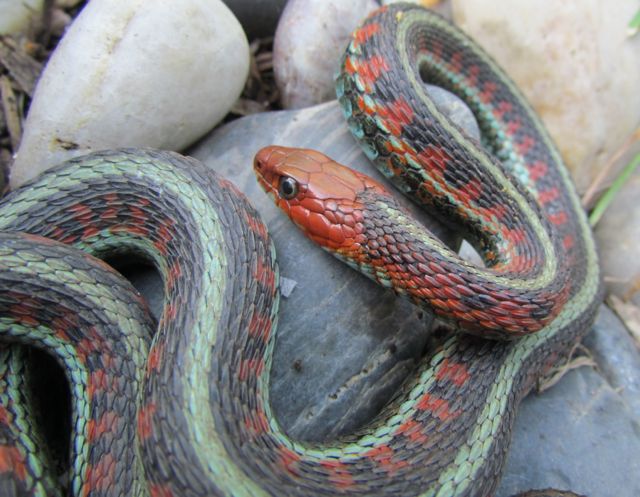This is an olive-green fish marked by a series of dark, sometimes black, blotches forming a jagged horizontal stripe along each side. Largemouth Bass are the most popular game fish in North America.
It’s mouth size is legendary and allows it to consume smaller fish, snails, crayfish, frogs, snakes, salamanders, bats, birds, mammals and baby alligators.
As adults they are tend to be solitary fish and are often the apex predator in their habitat. Largemouth Bass hide in water vegetation or under roots and limbs of sunken trees, and striking out at their prey from the shadows.
This is an adaptable fish that can live in swamps, ponds, lakes, reservoirs, creeks and large rivers. Their average length is about 18 inches and their lifespan can be more than 10 years.
This fish is known by a variety of regional names, such as the Widemouth Bass, Bigmouth Bass, Black Bass, Bucketmouth, Largies, Potter’s Fish, Green Bass, Green Trout, Gilsdorf Bass, Oswego Bass and LMB.
What ever you call them, they are a lot of fun to catch!

